Thoughts about…
My 2021 Tahoe Big Year
The year is obviously not over yet, but I chose to take time now to reflect upon my 2021 Tahoe Big Year. That’s because I’m hoping by this time next month I’ll be knee-deep in snow (i.e. cross-country skiing). But with a spotty forecast, who knows. Either way, if I don’t write this now I probably won’t get around to it for a long time.
Now, I know what you’re thinking. Oh, no, more bird stuff! When is this guy gonna give it a rest? Well, it is called a big year and not a big summer. And when I started this project on January 1st, I did so with two goals in mind. The first was to finish in the top 10 of this friendly competition. The second was to log at least 200 bird species.
I’m currently in third place with some security. There’s a three-way tie for fourth place, but those folks are five species behind me (at the time of this writing). I’m also five species behind the second place birder. As fun as it would be to make a play for second place, the birds that I hope to see before the year is out are rare and uncommon. So, I’ll be lucky to find one let along six more species in the next few weeks. Believe it or not, I’m actually at 199 birds right now. So, I just need one more! Therefore, I expect to be on the grind until the New Year.
Our top birder, Jenny Sweat, has logged 230 species (to-date), which is a record for a Tahoe Big Year! She’s earned that spot like no other as she’s embraced this project to the fullest and made the most of every day this year. And she’s been an exceptional champion throughout it all, sharing her knowledge and passion with anyone and everyone.
Interestingly, I thought breaking the top ten was going to be the more challenging of the two goals. It turns out that it’s been just the opposite. I’ve actually been in the top ten for months. On the other hand, due to my naiveté, I thought logging 200 bird species would’ve been relatively easy. After all, there have been approximately 325 birds historically documented in the Tahoe/Truckee region. So, I assumed that without too much effort I could find at least 65% of them. Was I ever wrong! As the year progressed, I realized that many of those 325 species were vagrants that only show up once in a blue moon. And on the rare occasion that they do visit Tahoe, they seldom stick around for more than a couple of days (if even that long). Further complicating the matter is that during their short visits, they may only be visible for a few fleeting minutes. Tough odds, to say the least.
For more context on this breakdown consider the fact that there are 108 participants in this year’s event, and our combined effort to-date has yielded a total of 238 bird species. Included in that number are a handful of first-time bird sightings. So there are nearly 100 more species that have been historically recorded at Lake Tahoe but haven’t been seen at all this year! Furthermore, included in those 238 species are many that were only observed by one or two other people for mere seconds … never to be seen again. Thank goodness for cameras and quick reflexes!
In any endeavor, especially one that spans a significant duration of time, it’s easy to second-guess your efforts and ask yourself, “What if I had tried just a little harder?” But this question needs to be asked in the moment, not after the fact. You can make the necessary adjustment in the moment, but there’s nothing you can do after the event has ended. So, I’m making peace with the fact that 199 (hopefully 200 very soon) is a respectable number.
Learning Opportunities
I’d like to offer some of the lessons that I’ve learned during this immersive, year-long event. And, for me, that’s truly what the whole year has been about – embracing this passion (goal or project) and immersing myself in it. I understand that the Tahoe Big Year is the vehicle, meaning that the specifics and details of this birding experience are unique. However, the overall principles and themes that I highlight are relevant to any immersive experience.
Falling Down the Rabbit Hole: This is the essence of immersion. Getting lost in the moment regardless of how long that moment lasts. This is the reason I let myself become consumed by activities that pique my interest. I want to have the most meaningful experience possible. Surrendering to the activity in question is what enables that to happen.
When it comes to being outside, particularly if I’m not hiking a specific trail or trying to reach a specific location, I’ve learned to let nature guide me. I’ll choose a location in which to explore and come equipped with high hopes but low expectations. Then I’ll start walking around. I’ll pursue any leads that look promising. Keep in mind, though, that when I say leads I don’t necessarily mean clues specific to a species for which I’m searching. I may just see some movement out of the corner of my eye and decide to pursue it. Once that lead is resolved, I either go back to my starting point or pursue something else that captures my interest. Of course, I do keep track of where I am so that I don’t become completely lost! Believe it or not, I’ve had some of my most memorable encounters simply following those leads.
That said, this is a difficult approach to take when you’re with somebody else for it’s a lot like going on a wild goose chase. Nobody really wants to be lead around in such an unpredictable manner, so this is one reason I generally prefer to bird alone. I can go where I want, when I want. I can move at my own pace. I can pursue whatever leads that capture my attention. And, there’s less potential for distraction.
Essentially, though, when I’m looking for birds I’m looking for birds. I’m scanning the ground, midway up the trees, and across their tops. I’m tuning in to the sounds around me and trying to identify any species of which I’m familiar so that I can rule them out when searching for something specific. Simultaneously I’m listening for any disturbances in the baseline forest sounds while trying to block out any road noise or airplanes flying overhead.
The reason I don’t look at my phone is that it means that I’m not looking for birds. The reason I avoid conversation is that I can’t hear anything else. Obviously, I do occasionally check my phone and I chat with my fellow birders if it’s a group scenario. But immersion is really that simple. Pay attention to where you are, and be there. Stop planning the night’s dinner or where you’re going to vacation next month. Just be present and absorb the environment around you.
Community Engagement: This project involves people from everywhere in the Tahoe/Truckee region (and all walks of life). I’ve met many new mentors, peers, and friends throughout the year. And, despite my preference for primarily birding alone, community engagement has been one of its most rewarding aspects of the Tahoe Big Year.
This has been one big learning experience, after all. So the support and inspiration from everyone as well as peoples’ willingness to share their knowledge and wisdom has been priceless. Throughout the year many of us have worked together to one degree or another to increase our knowledge, awareness, and understanding of the birds of Lake Tahoe.
Discovering New Habitats: I’ve explored many new locations (to me) around the Tahoe/Truckee region this year. But discovering these places has been more of a lesson in understanding habitat rather than just finding new trails to hike. Certain species like specific habitats, so knowing that a bird prefers marshland, for example, means that if you want to find that bird you need to find some marshy locations in which to search.
On the other hand, if you have an idea of the kind of terrain in which you’ll be venturing through on your hike or bike ride, for example, you’ll also have an idea as to what types of species you’ll most likely encounter. That’s assuming you have some base knowledge of the types of habitats species prefer. But, this is learnable and it often just comes with experience.
There’s obviously never any guarantees when it comes to nature. However, the more you pay attention the more you’ll become familiar with these general patterns of behavior. And, this ultimately serves to enrich your outdoor experience.
Interactions: It may sound a bit discouraging, but I’d estimate that the majority of my bird interactions this past year have only lasted between 3-5 seconds. That’s not very long, is it? It’s barely enough time to ID a bird let alone study it with any sort of meaningful results. But that’s the reality of birding, particularly if you’re in pursuit of something rare. Now, I should clarify that statement. There are tons of birds that I’ve been able to observe, mostly common but also some rare ones, for extended periods of time. But, here at Tahoe, I haven’t found this to necessarily be the norm. Many of those rare and uncommon birds are migrators, so since they’re already on the move it’s somewhat easy for them to continue making their way elsewhere if they get spooked.
Even if they’re not migrating they can just be really skittish and fast moving. There have been many times that I’ve spent over an hour trying to catch one clean look at a bird while it works its way around a bush, weaves in and out of a stand of willows, or flits about the tree tops. They always seem to be one step ahead and just out of sight. In those cases, I’ll be lucky to have a full second in which take its photo as it pauses in the open. The overall “observation” may be long, but the time that I’ve actually looked at the bird is a fraction of that experience. There are a number of other birds that I’ve observed as they’ve flown overhead or have flown away as soon as I’ve spotted them. Again, this can be discouraging for new birders. But with time you’ll learn to cherish those brief glimpses. And the more you look, the more you’ll learn. Then, you can determine whether or not it’s worth your time to pursue the bird in question any longer.
Photo Catalog and Reference Library: Those ultra-quick interactions are one of the main reasons that I photograph nearly everything that I see. Essentially I want to bring nature back home with me so that I can have the opportunity to learn even when I’m not outside. Realistically, there’s only so much information that you can absorb as an eye witness to an event that happens within seconds. So as much as I’d love to be able to ID everything in the field it’s not realistic unless birding was actually part my profession, for example. So in order to glean as much knowledge and wisdom, I make it my practice to document everything.
Also, the birds you see in the field can look way different than the idealized illustrations in field guides. This may be due to it being in off-season plumage or a trick of the light or other atmospheric condition that obscures your view of it. Regardless, take a photo. Even if you’re unable to take a super high-quality picture of the bird in question, chances are that you can capture some detail for a definitive ID after the fact. I also like that my screen saver presents a slideshow of the current year’s photos, so there’s always a “pop quiz” running on the screen when the computer’s not in use.
My visual documentation also goes toward another long-term goal, which is to photograph every bird species that’s been recorded in the Tahoe/Truckee region. I don’t just want to capture identification or diagnostic photographs, although that’s the starting point. I want to actually take print-worthy photos of every species which is no small task.
Additionally, I use my photos and videos for Tahoe Trail Guide articles, reference for artwork, and I upload them to social media and iNaturalist. For social media purposes, I share them in an effort to remind and inform people that there’s more to Tahoe than dogs, sunrises at Emerald Bay, and hot chicks on paddleboards. For iNaturalist, the photographs contribute to citizen science and nature-related research.
Citizen Science: I mentioned my use of iNaturalist for recording nature-based observations. That’s one aspect of citizen science but, additionally, the data that we participants of the Tahoe Big Year are collecting is being documented by the Tahoe Institute for Natural Science (TINS). They’re the host of the project, and ultimately the record keepers of information and data related to the natural science of Lake Tahoe. So, even though this is a fun project it’s also contributing to the much larger picture of Lake Tahoe’s natural history.
Drawbacks
There’s an opportunity cost for every choice that we make in life. This fact is what makes embracing any passion so difficult because when you’re immersed in it, everything else comes second. And if that passion is a long-term endeavor, you’re going to have to restructure your life to one degree or another in order to accommodate it.
You’re going to have to forego certain activities or completely eliminate some things from your life. Sometimes those things are physical while other times they’re mental or emotional. Unfortunately, they’re often all of the above. Ultimately, though, that which does not support your passion must be purged lest it hold you back.
As I previously stated, when I’m birding I’m birding. I’m not buying groceries, raking the yard, or completing this or that project. If you want to do something right, you have to commit. And even though you can pull short, 15 minute sessions on your way to and from work (which I always do), the reality is that you’re going to be spending way more time when you go all in.
Within the context of birding, there are also the spontaneous sightings and subsequent notifications. Nelson’s Sparrow spotted at Lake Forest Beach yesterday! Or, a Canyon Wren was heard singing at the Cave Rock boat launch thirty minutes ago! Now, drop everything you’re doing and spend the hour driving up the west shore to Forest Beach. Or, for example, take an early lunch break to drive across town to the boat launch. In either case, you can only hope that after so much time has passed your dedication will be rewarded by finding the respective bird. Again, if you want the greatest chance at success you heed the call because you know that opportunity will not wait.
As a direct result of heeding the call, however, now you’re stuck in the miserable and reactionary state of chasing somebody else’s bird. This is, by far, my least favorite aspect of participating in a Big Year. All of that said, I’m grateful that people share the relevant information. But you’d think that this would be the best and easiest part of the year, right, because everyone else is out there basically doing the legwork for you? Think again.
Like I said, there are no guarantees when it comes to nature. And, in many respects, chasing other peoples’ birds is akin to gambling. You experience a couple of easy successes and then begin to assume that you’re always going to win. But I can’t tell you how many times I’ve spent between 4-6 days looking for one specific bird that somebody else had found just yesterday, for example. And I’m not talking about taking a quick peek here or there while I’m running errands in town. I’m talking about spending a lot of gas, miles, and hours searching for that one bird. It’s a very frustrating experience with, in my estimate, a very low success rate. Honestly, if I don’t find that bird on my first time out, which is often the shortest amount of time since its last known sighting, I find the experience demoralizing and nearly a waste of time. But I have found many of those birds on my sixth day of searching, so it’s hard to argue because it’s part of the deal and, therefore, unavoidable.
Yet another cascading effect of chasing somebody else’s bird(s) is that you run the risk of rendering down the whole experience into a meaningless check-in-the-box exercise. Despite still having to reacquire the bird in this scenario, the process of discovery is effectively stripped from the equation. The pressure is on because now you have to find the bird. It was literally just here! So you become manic and target-fixated on that one bird and lose sight of everything else around you much like the compulsive gambler thinking that if he puts just one more dollar in the slot, he’s coming up all cherries.
As much as I want to see all of the birds, I don’t want somebody spoon-feeding them to me. In my opinion, the process of discovery is the quintessence of a Big Year. I want to find birds on my own which is why I prefer birding alone and letting nature guide me. I want this to be one big adventure where I learn to read the terrain, listen to the environment, and develop my instincts.
Now, I’d totally be lying if I said there weren’t a number of times where I answered the call, found the bird, checked the box, and returned to whatever I was doing prior to receiving the alert. In the spirit of competition and wanting to photograph every bird, however, I do what I must. But I seldom found that to be a rewarding experience.
There are two other minor drawbacks that I’ve experienced in my Big Year. One is that I now have so many photos to sort through and edit. And many of those photos are not very good. However, if they’re the only photos that I currently have of an uncommon bird I’m compelled to keep them in my library for the time being. The other thing that I found to be a bit of a turn-off is repeatedly visiting the same locations. I agree that this can be a comforting experience, and that everywhere can yield a different experience in some form or fashion. But Tahoe is big, and there are many locations around the lake that I have yet to experience. Again, though, it’s a Big Year and the hotspots are hotspots because they yield a high percentage of diverse species. So it’s that idea of an opportunity cost again, right? Do I mix it up and try somewhere new and risk not seeing any new species or return to the marsh knowing that there’s always the potential for spotting multiple new birds?
My intention behind listing these drawbacks wasn’t just for the sake of complaining, or to discourage you from attempting a big year. Rather, I wanted to illustrate that in pursuit of any passion you’re going to be faced with internal and external struggles. Life isn’t, nor should it be, rainbows and butterflies all of the time. Even doing something that you love is going to occasionally become frustrating. But that’s ok because what would be the point of doing anything if you were always guaranteed to come out on top?
Final Thoughts
The immersive experience was the overall theme of my 2021 Tahoe Big Year. Well, that and it being a crash course in birding because I technically only started birding last year. So, what I was hoping for (and believe that I achieved) was increased personal knowledge and a greater understanding and connection to Lake Tahoe through the study of birds.
I understand and acknowledge that I live in a pretty cool place. However, we all have unique and interesting backyards in which to explore. So, I encourage you to develop a greater sense of awareness of your home through an immersive study in naturalism, whether that be of the plant life or wildlife. And just remember that if you do choose to surrender to a passion project for any amount of time, it doesn’t have to be forever. But if there’s something that you’re passionate about and want to pursue, you’ll probably regret for a long time never embracing it when you had the chance.
Below are the linked images to the two new Tahoe Trail Guide articles I wrote this past month 🙂
Without any snow this past month, I didn’t get around to publishing any new cross-country skiing videos. However, I’ll probably continue to post at least one video here in case new readers want to see what kind of cool stuff I make 🙂
Please subscribe to my channel if you haven’t already. Thank you 🙂
Cross-Country Skiing Explained Mini-Series
This list of links will probably remain her for the winter, as well. I’ve noticed an increase in traffic (looking for xc ski related content) both at Tahoe Trail Guide and at my YouTube channel.
Please note that I wrote Cross-Country Skiing Explained with the beginner or intermediate cross-country skier in mind. This is the demographic for whom I most often served while working in the outdoor recreation industry at Lake Tahoe. I basically treat these articles as extensions of the conversations I’ve had with those customers. That said, expert skiers probably could take away something of value from this article. Just know that I don’t intend to address racing-oriented philosophy, technique, or gear selection.
Considerations for buying cross-country ski gear (new and beginner xc skiers)
- Intention, Types of XC Skis, and Whether to Buy New or Used (Part 1)
- How Much Gear to Acquire, Evaluating Your Commitment, and the Value of Taking XC Ski Lessons (Part 2)
- Can One Set of Classic Cross-Country Skis Work for Groomed and Off-Track XC Skiing? (Part 3)
- Can I Use One Set of XC Ski Boots for All of My Cross-Country Skiing Needs? (Part 4)
Classic Cross-Country Ski Components
- Introduction to Classic Cross-Country Skis (Part 1)
- Geometry of Classic Cross-Country Skis (Part 2)
- The Grip Zone of Classic Cross-Country Skis (Part 3)
- Types of Bindings for Classic Cross-Country Skiing (Part 4)
- Ski Boots for Classic Cross-Country Skiing (Part 5)
- Classic Cross-Country Ski Poles (Part 6)
- FAQs about Classic Cross-Country Skiing
Waxing Your “Waxless” Cross-Country Skis (for beginner and intermediate xc skiers)
Thanks for being a part of my life. Until next time…
-Jared Manninen
Tahoe Trail Guide is an online resource for hiking, backpacking, cross-country skiing, and snowshoeing in the Lake Tahoe region. In addition to trail data, I offer backcountry “how-to” articles and information about the local and natural history of Tahoe. Tahoe Swag is a collection of art and design products I create based on my love of the outdoors and appreciation for Lake Tahoe and the surrounding Sierra Nevada Mountains.
If you like any of the images I post in these newsletters, please contact me. I’d be more than happy to upload them to my RedBubble account so that you can order prints and other merchandise featuring the images.
A Note about Patreon and PayPal…
Patreon (orange button) is an online platform for providing financial support to creators who provide quality digital content that’s otherwise free. I offer various subscription tiers starting at $3. And all subscription tiers from $6 and up will receive original artwork after six consecutive months of contributions. The button directly below the Patreon button is a way in which to provide a one-time payment via PayPal (if subscriptions aren’t your thing).
My newsletters here on JaredManninen.com, the articles that I publish on Tahoe Trail Guide, and the videos I upload to YouTube will always be free. But if you’re interested in contributing to the health and longevity of my websites and YouTube channel, consider subscribing. Even a little goes a long way 🙂

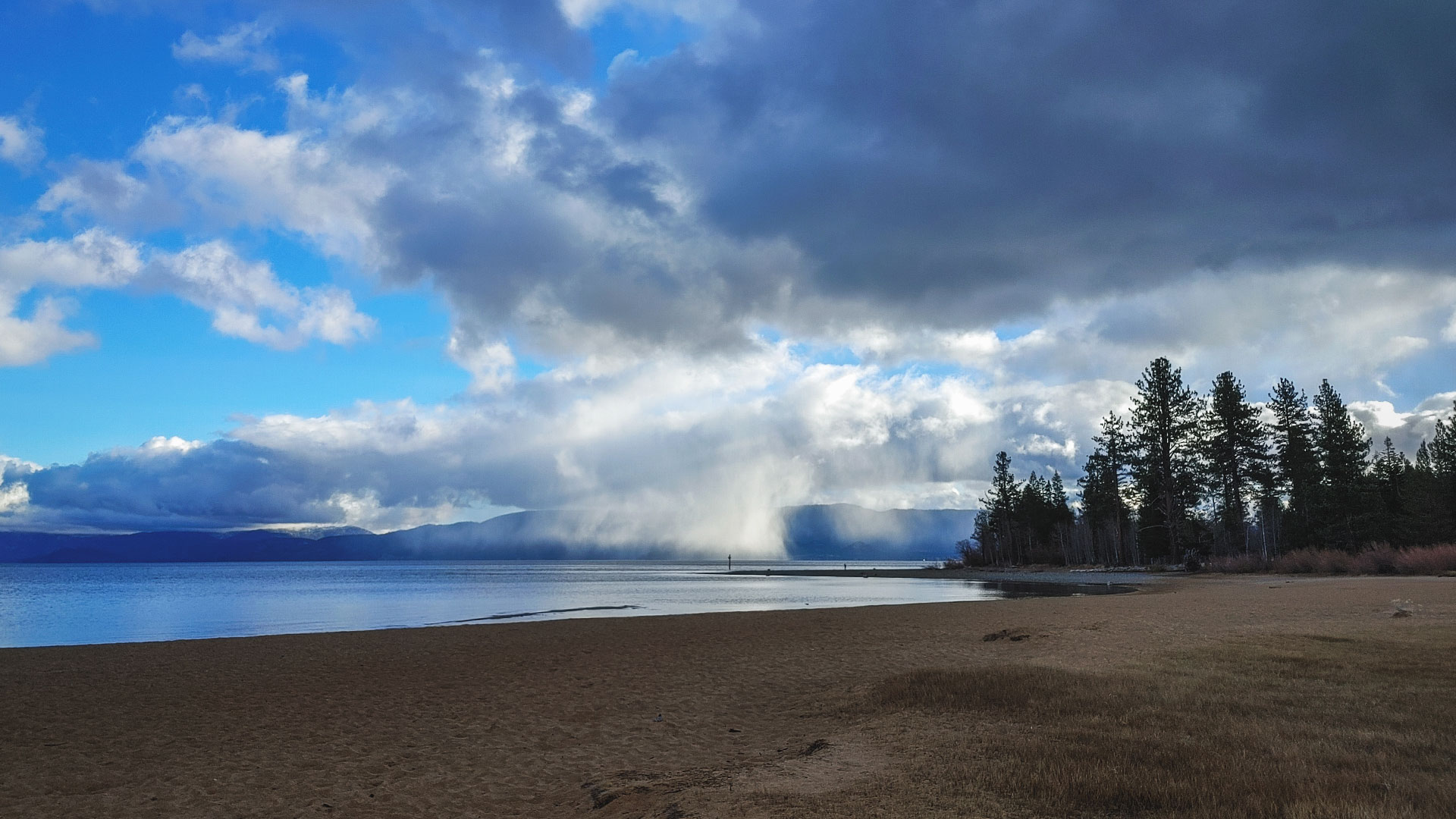
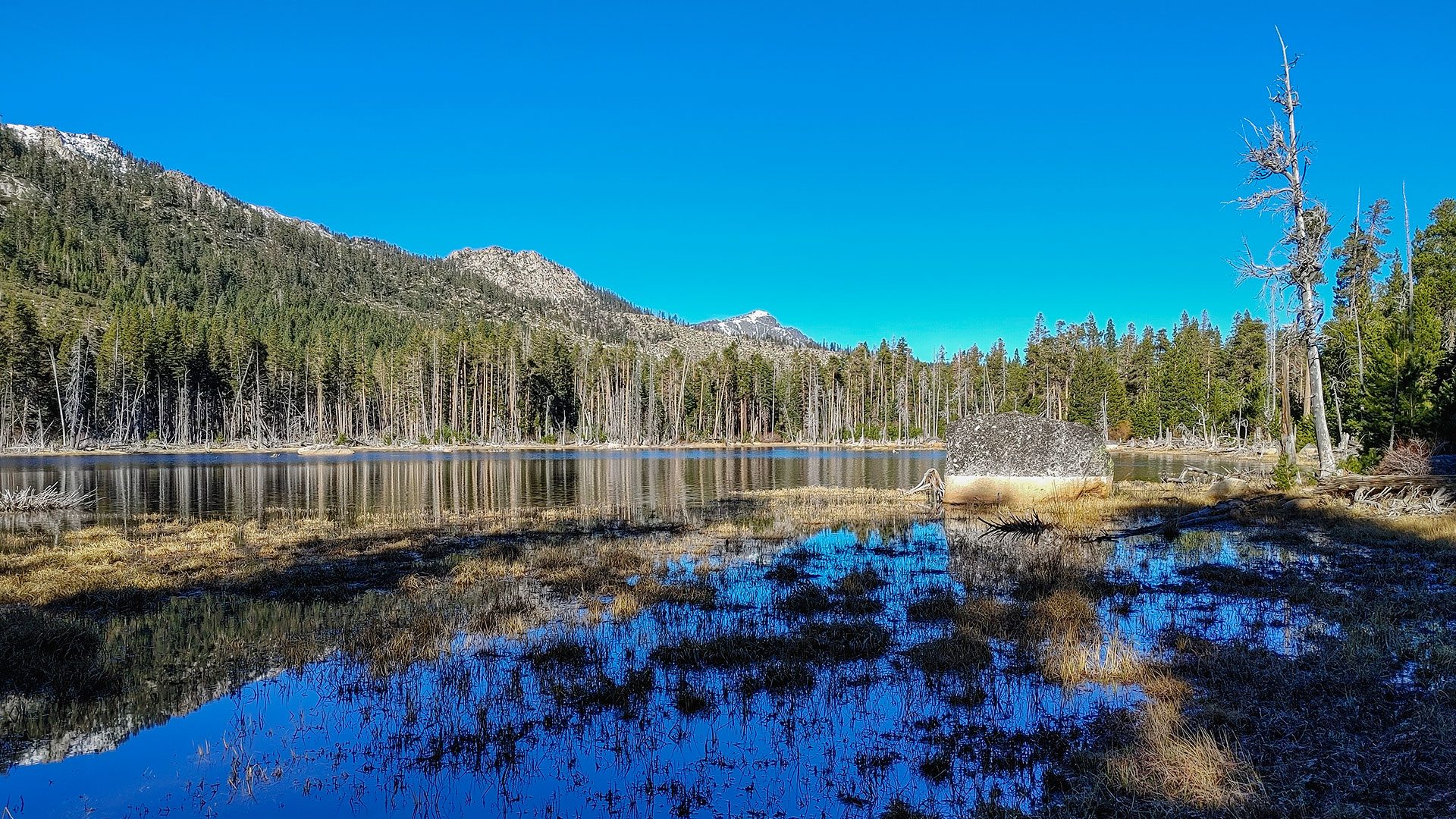
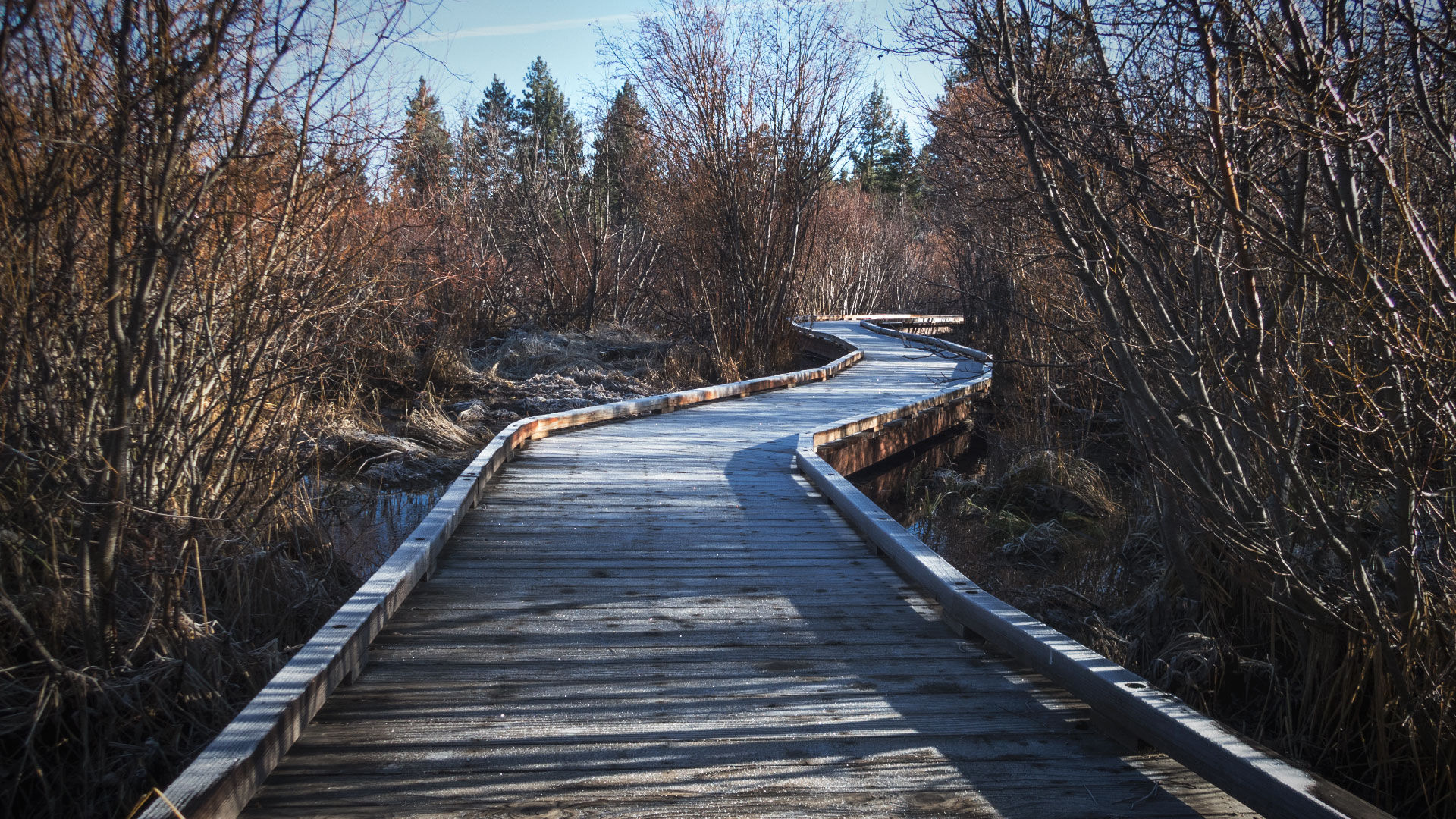
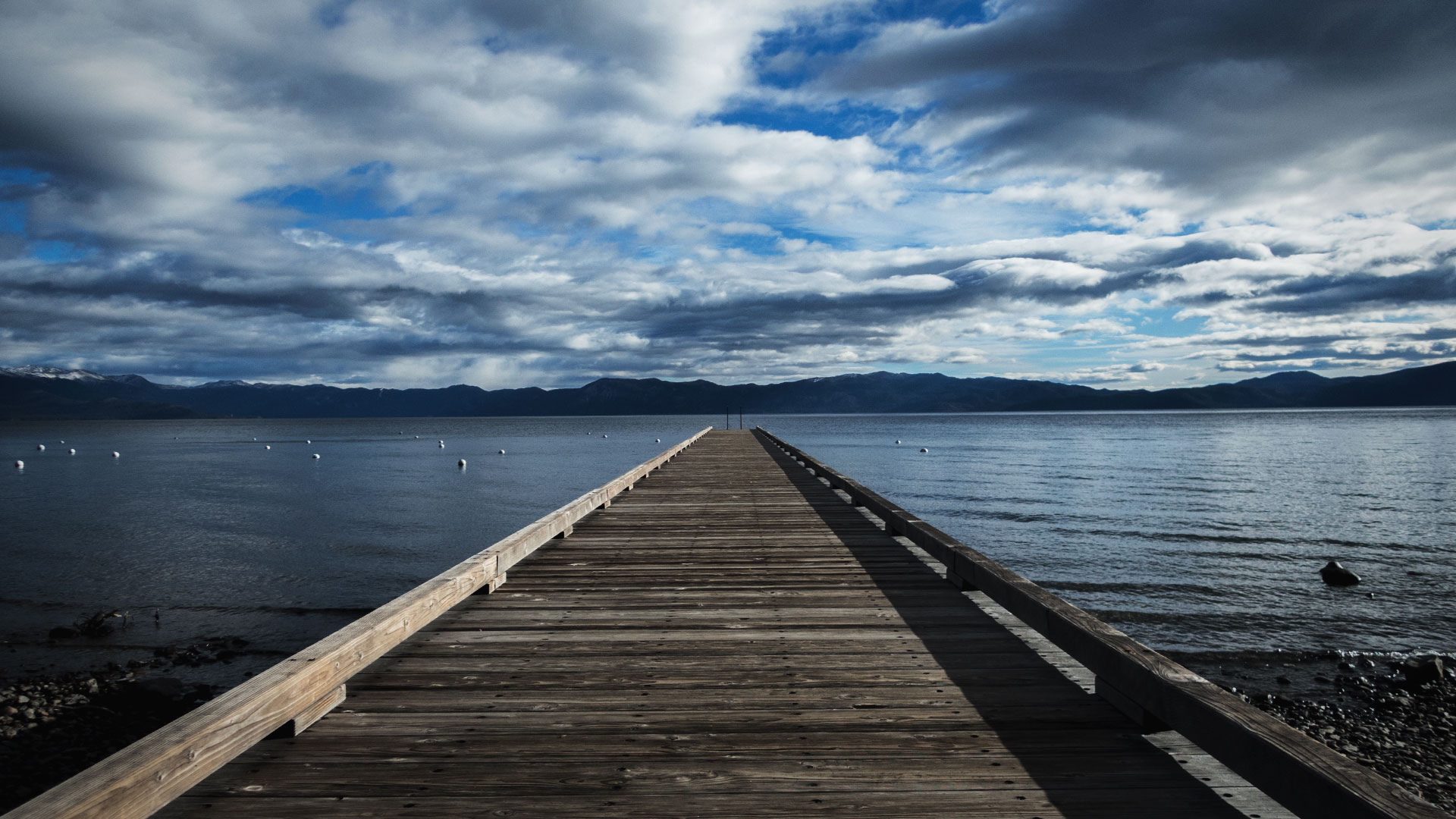
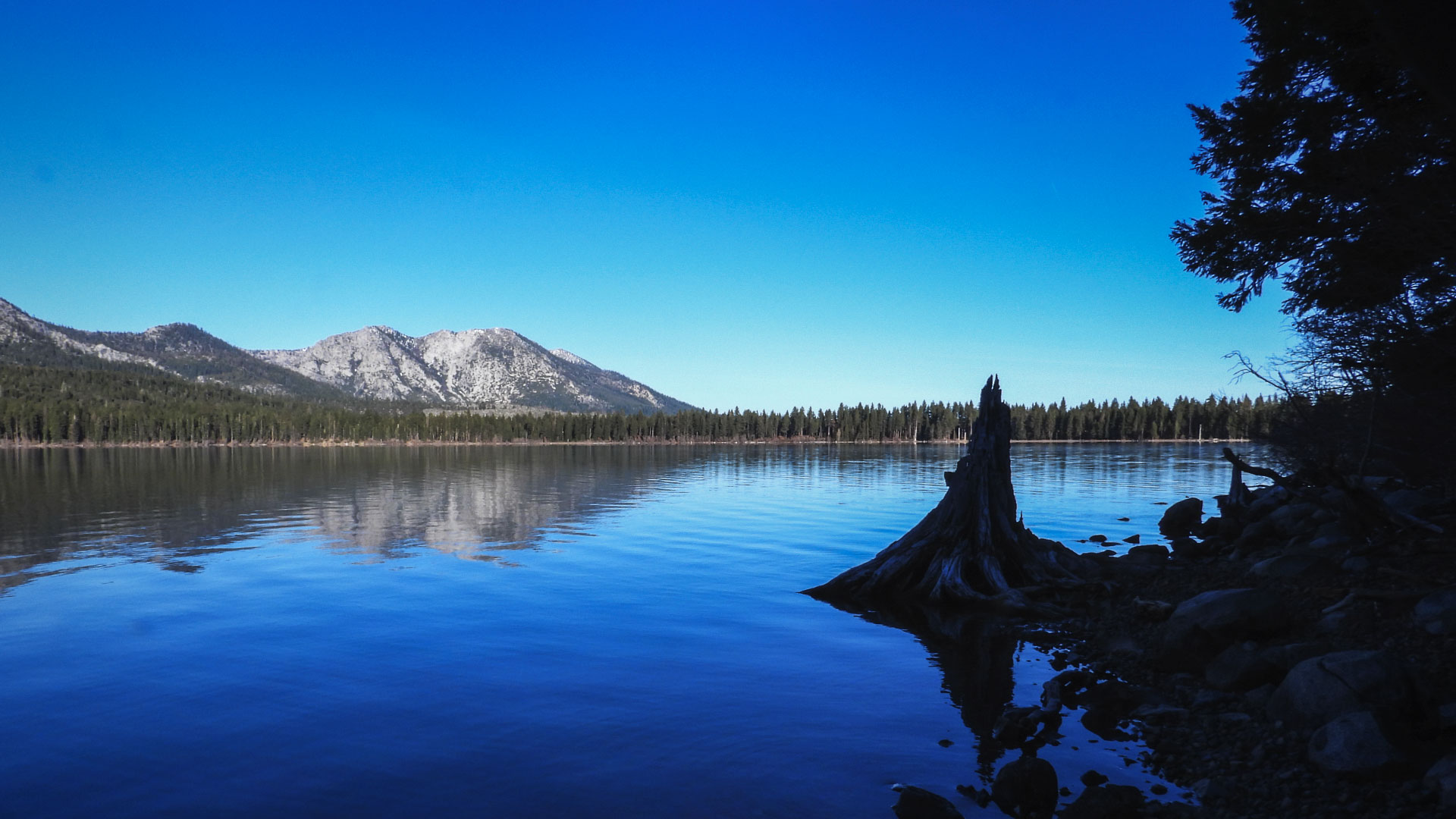
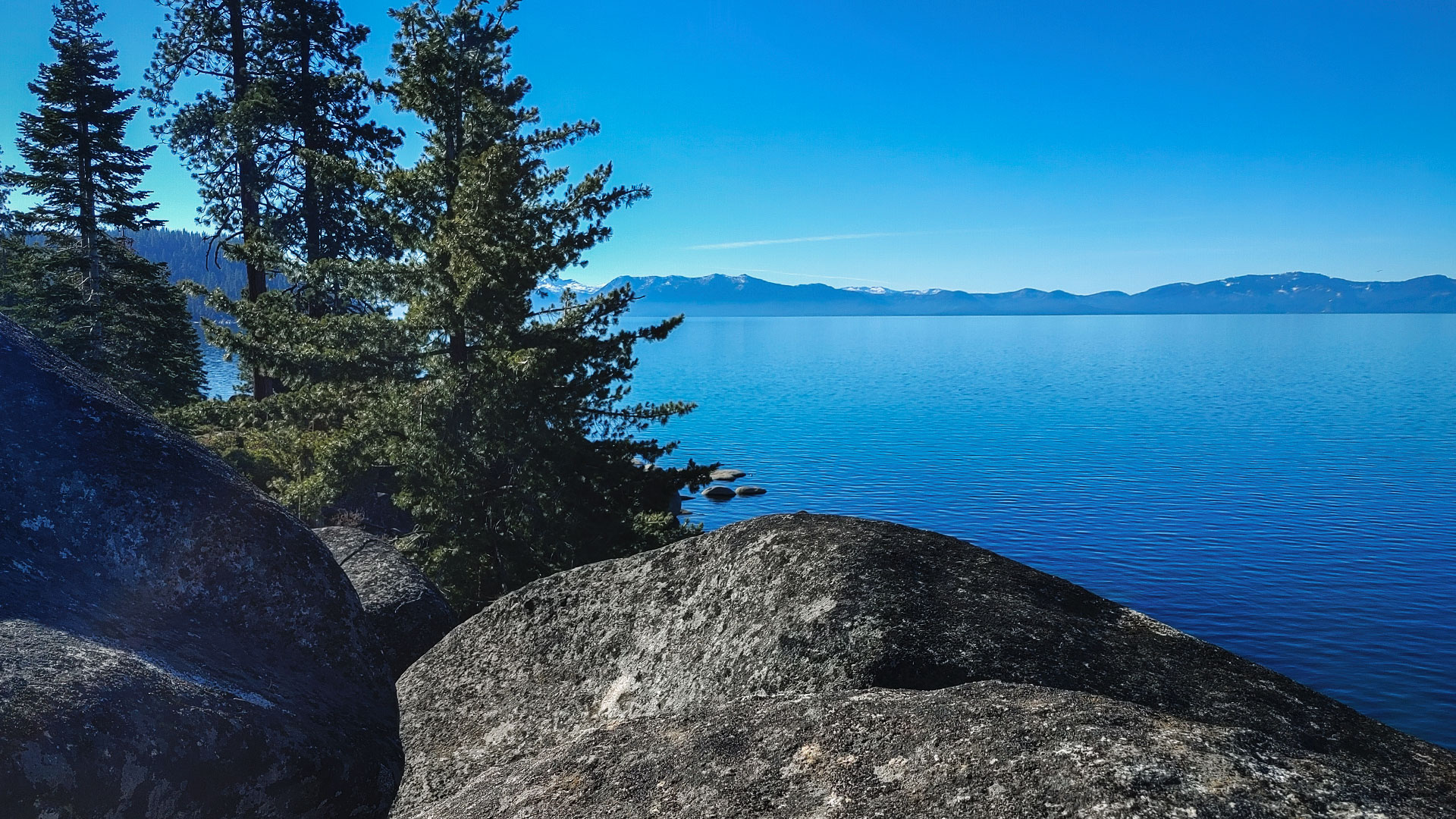
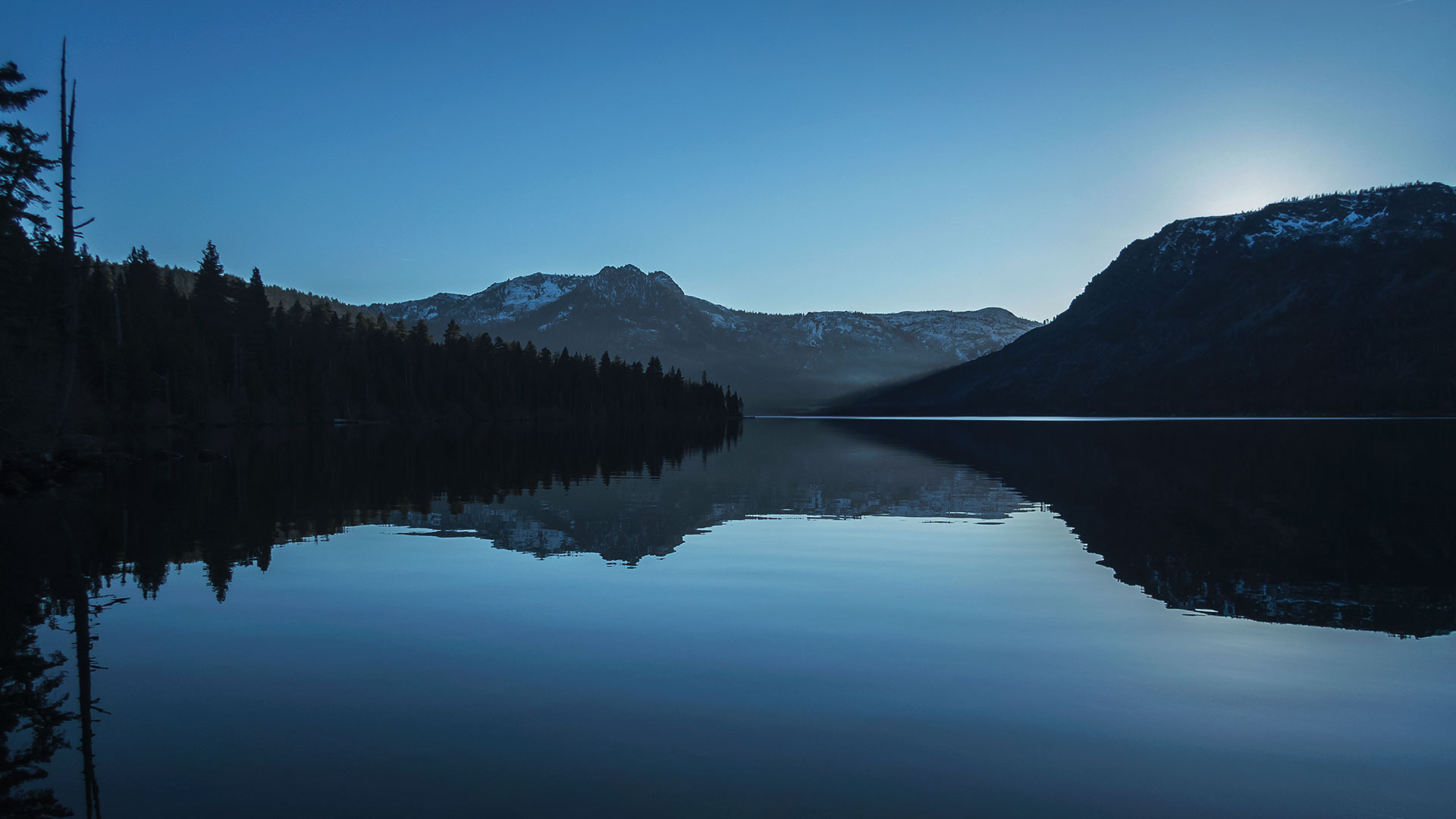
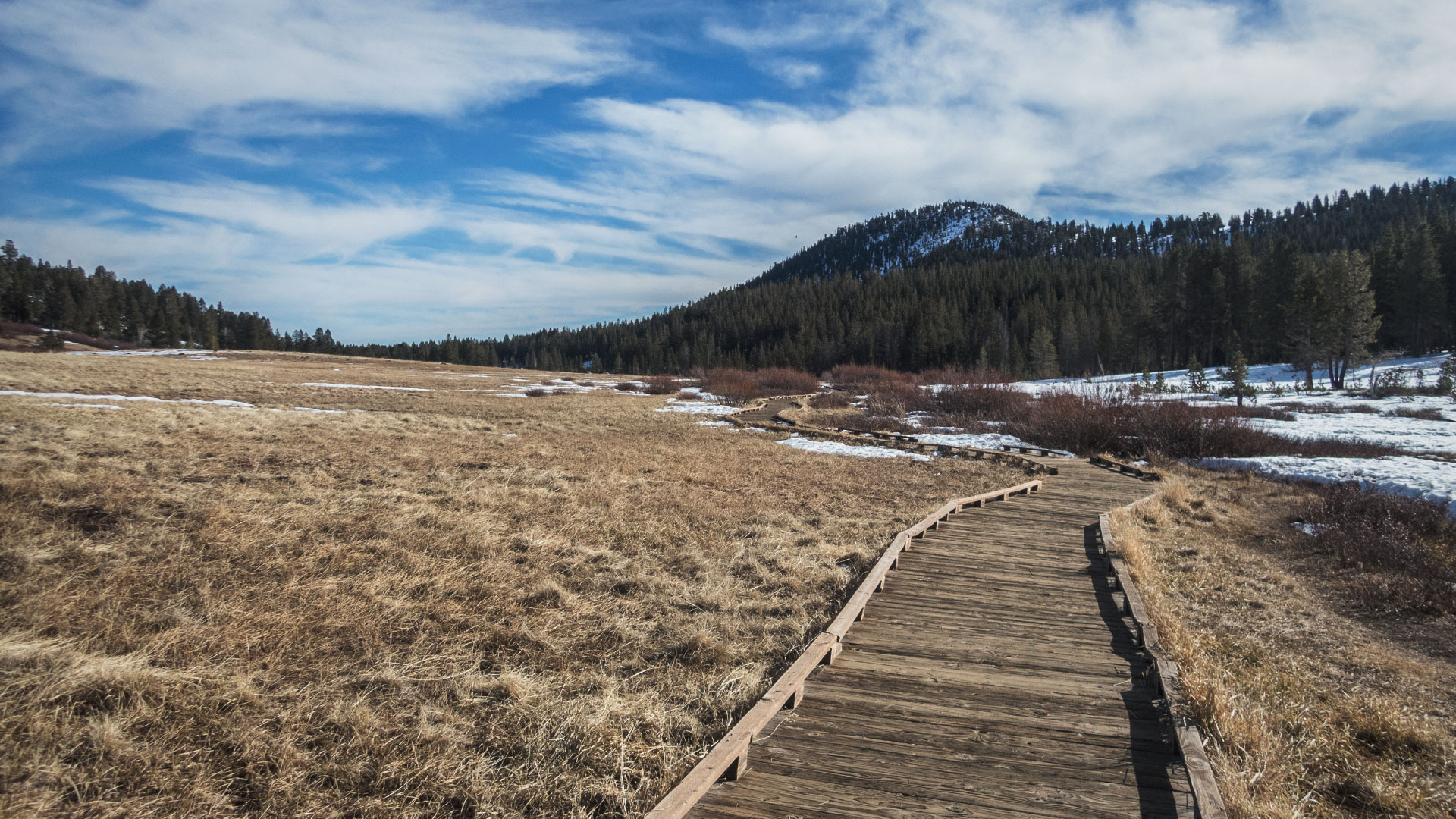

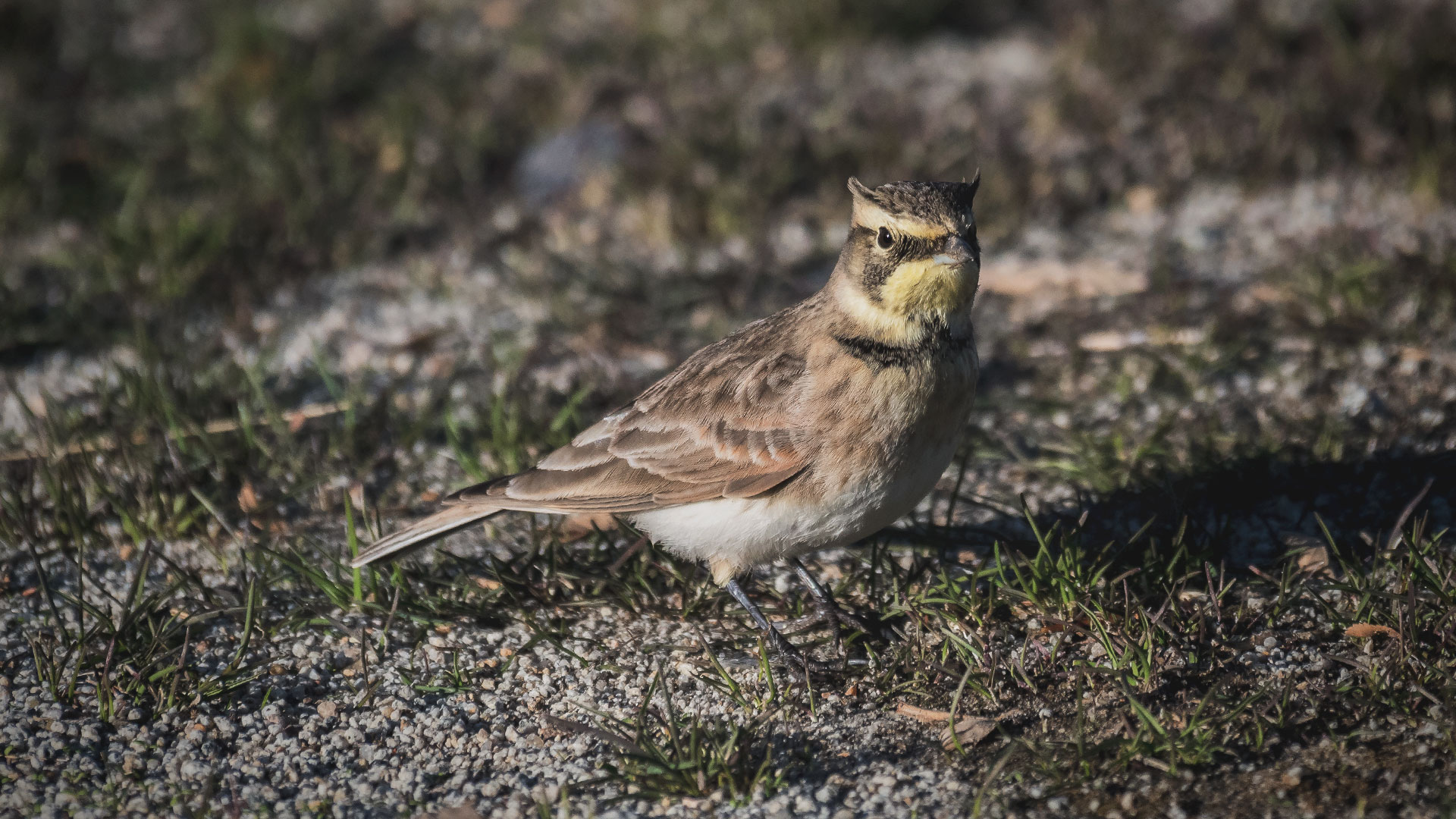

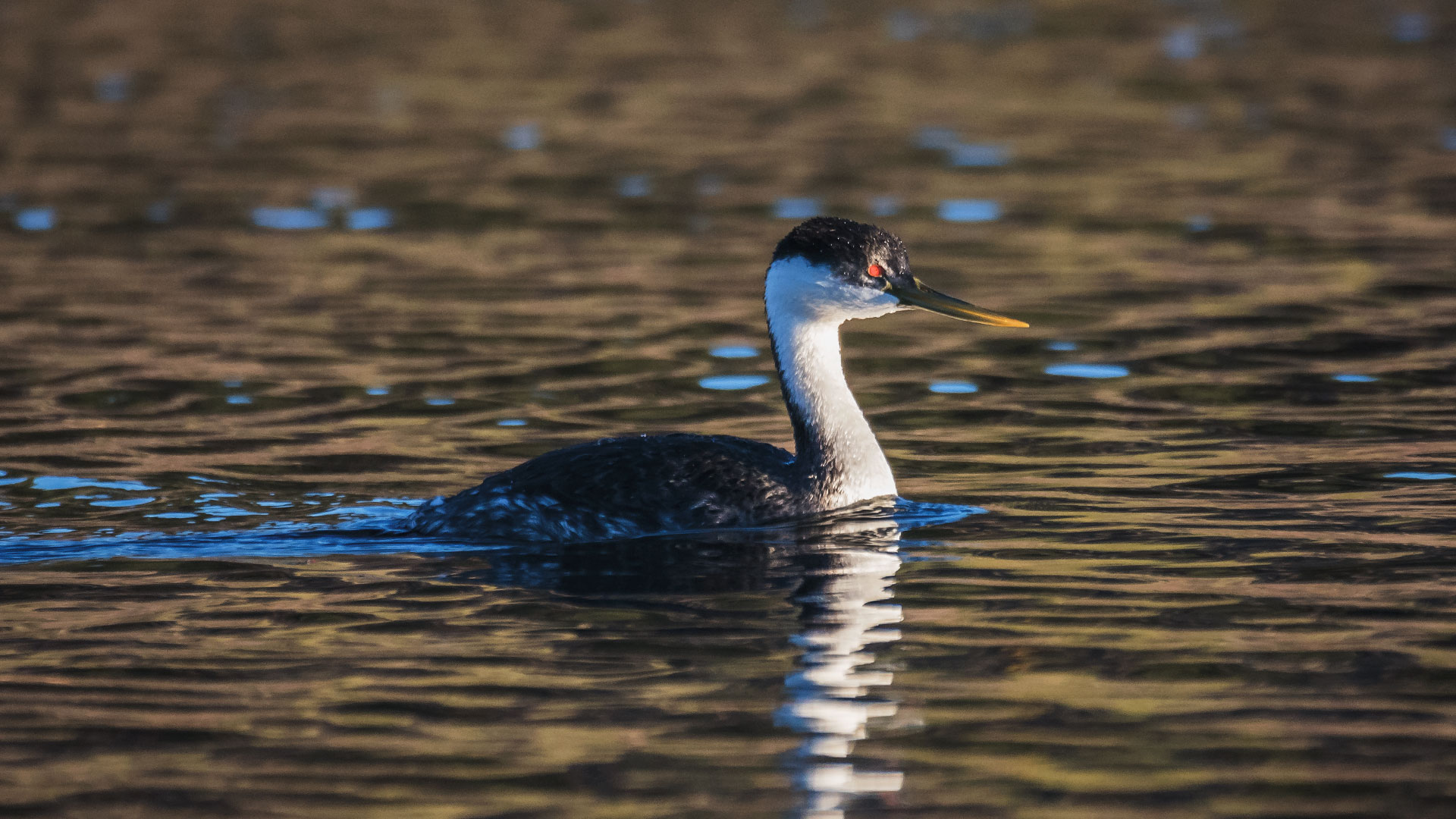
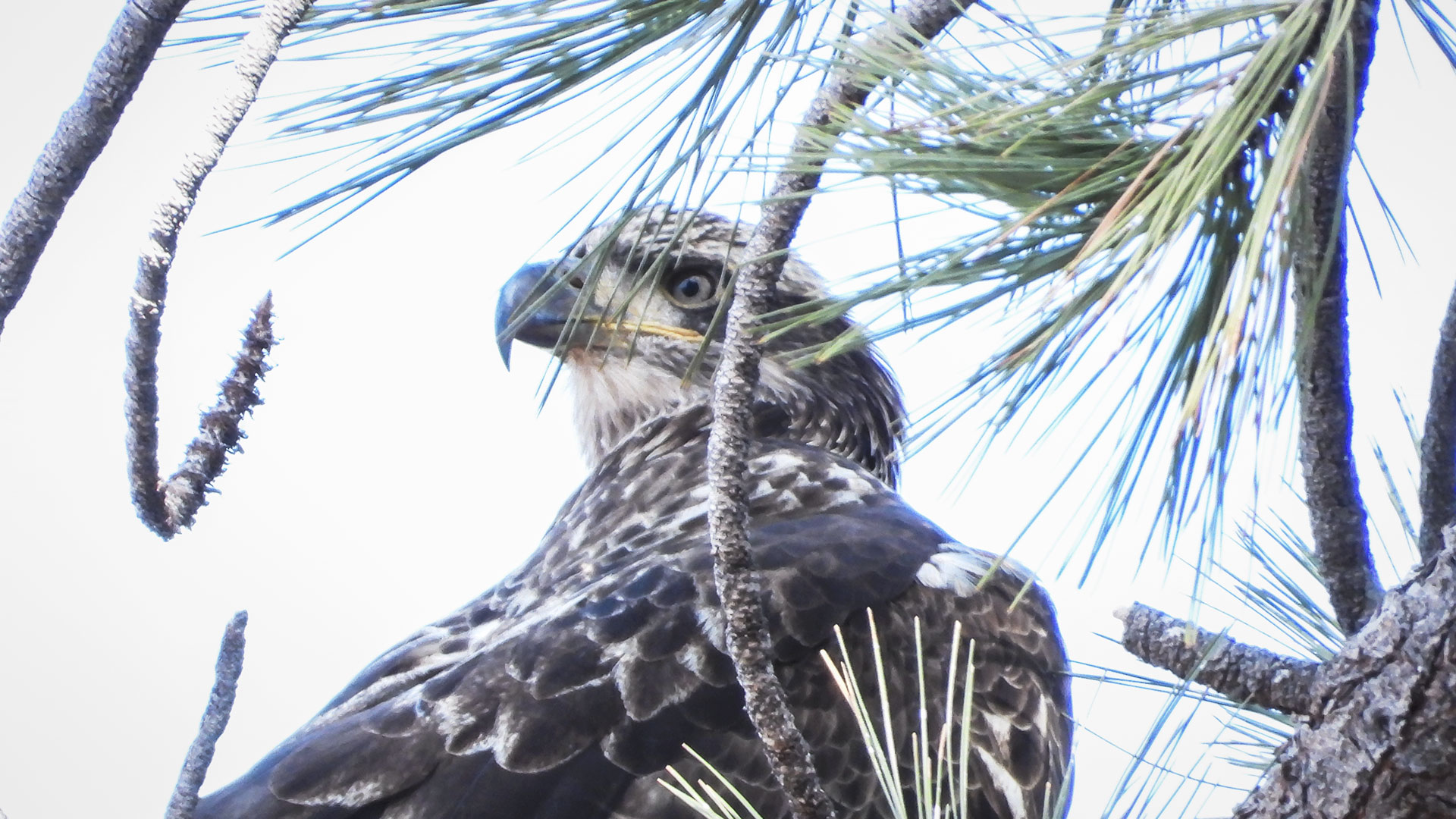
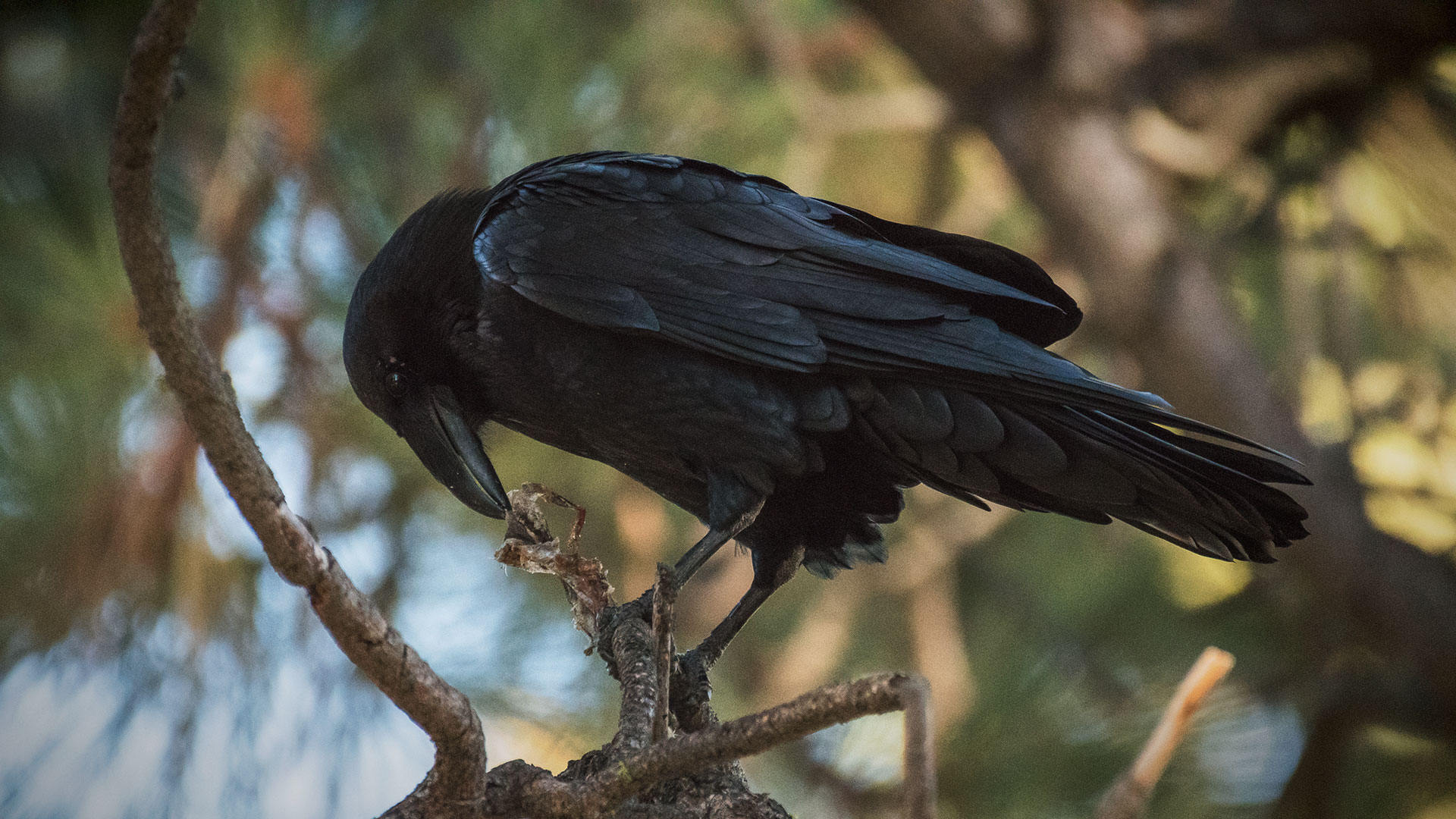
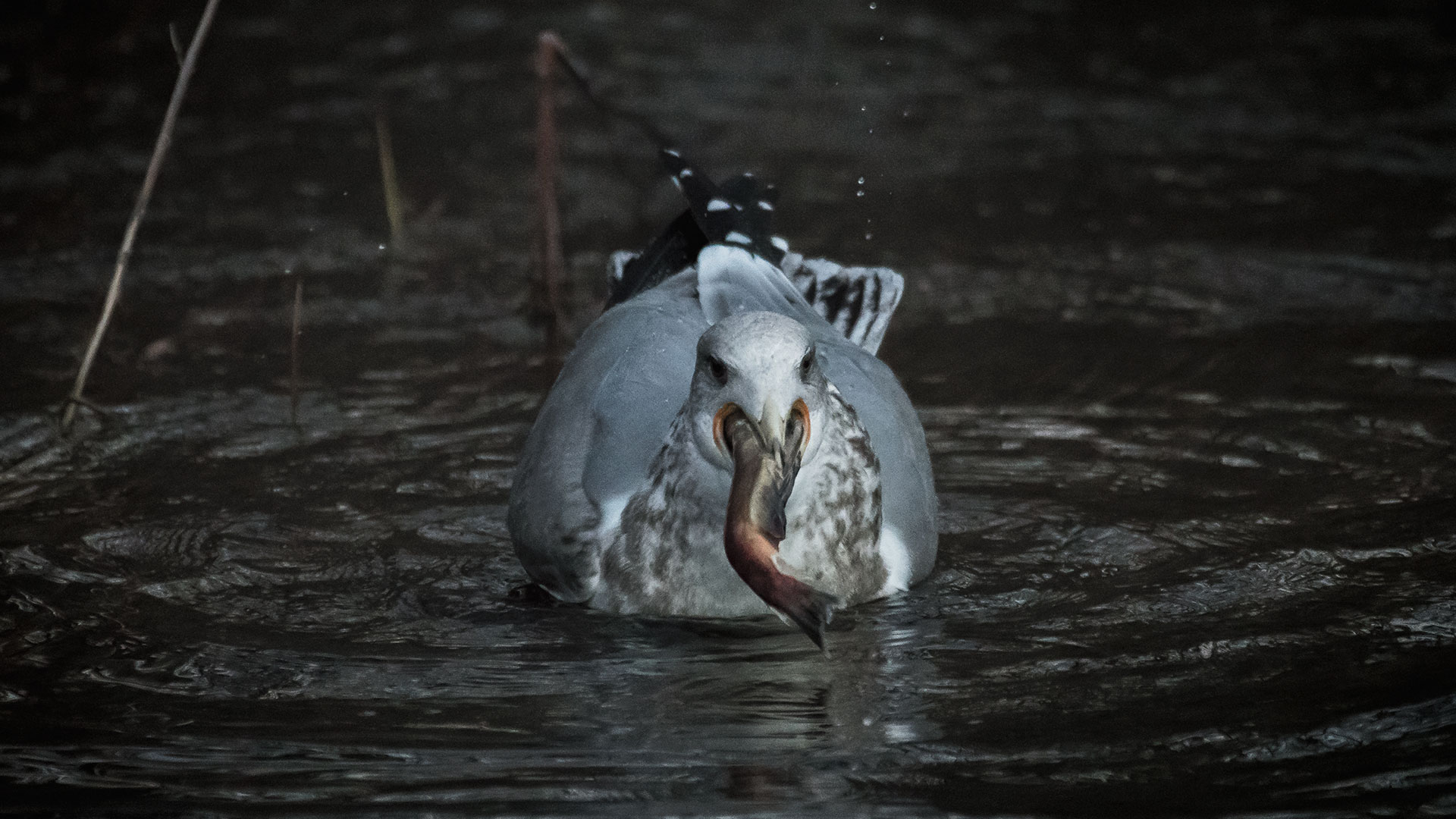

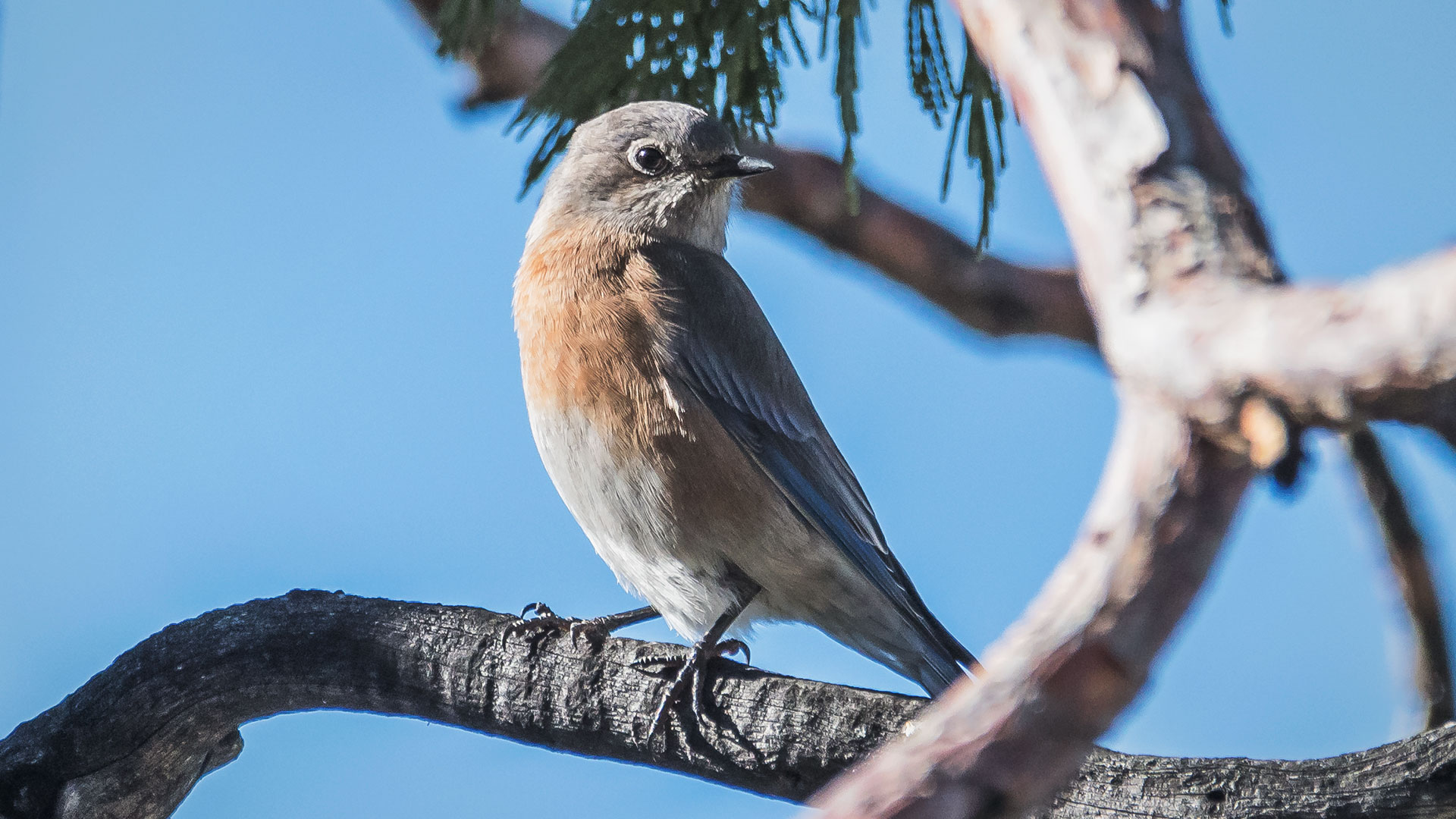

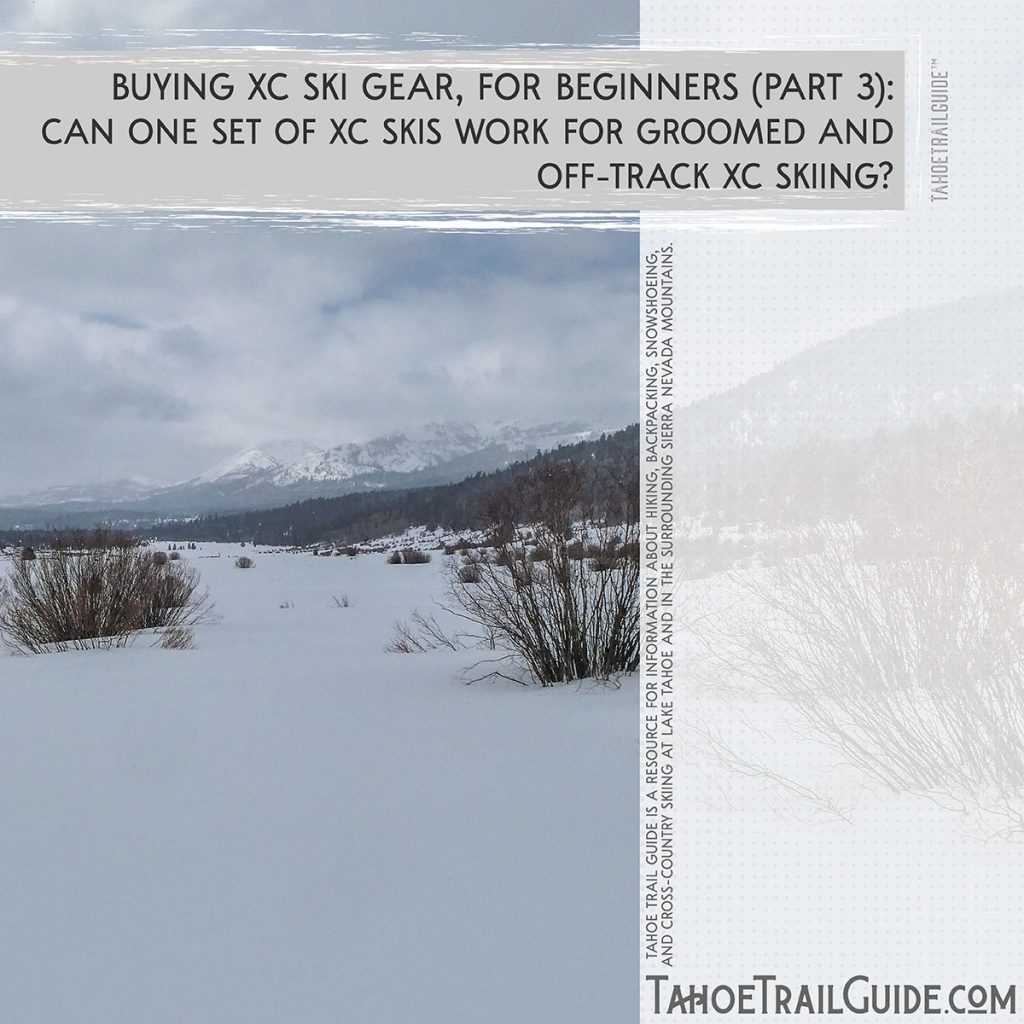
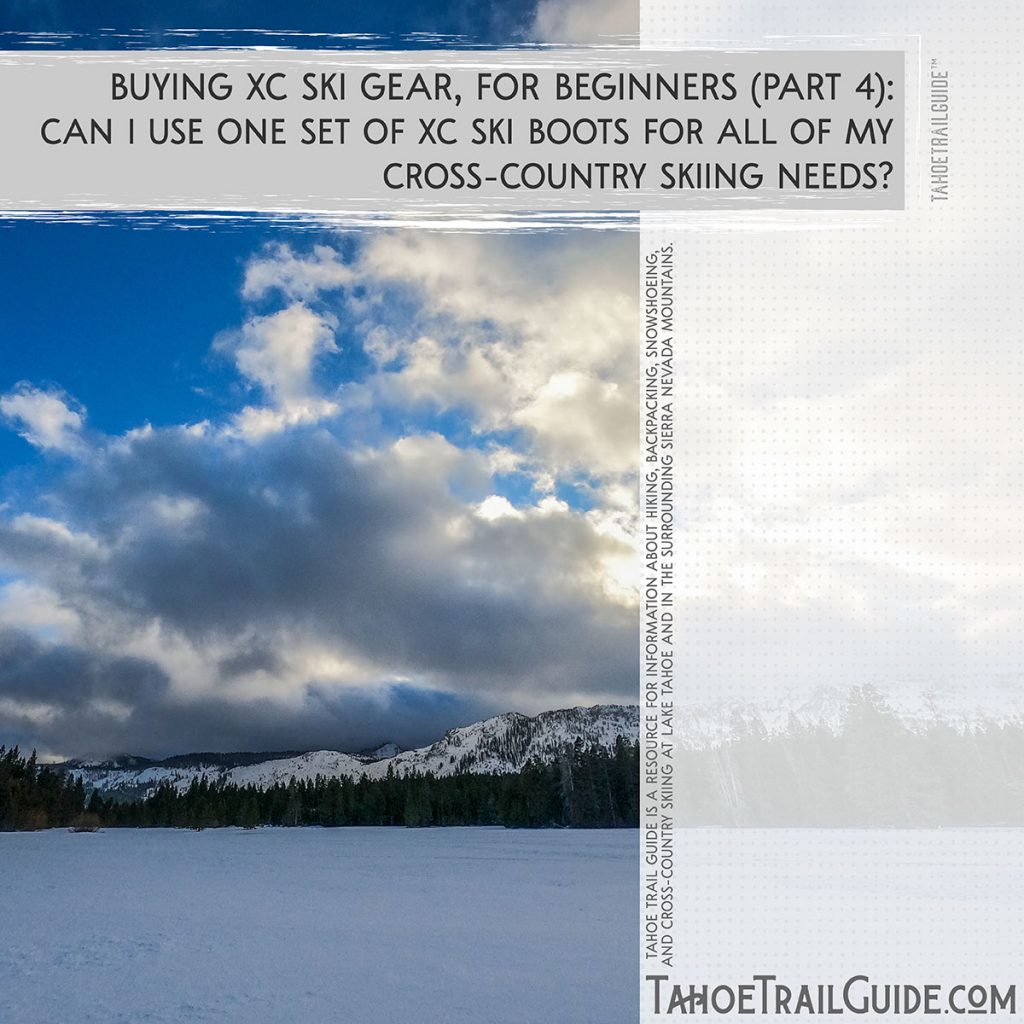
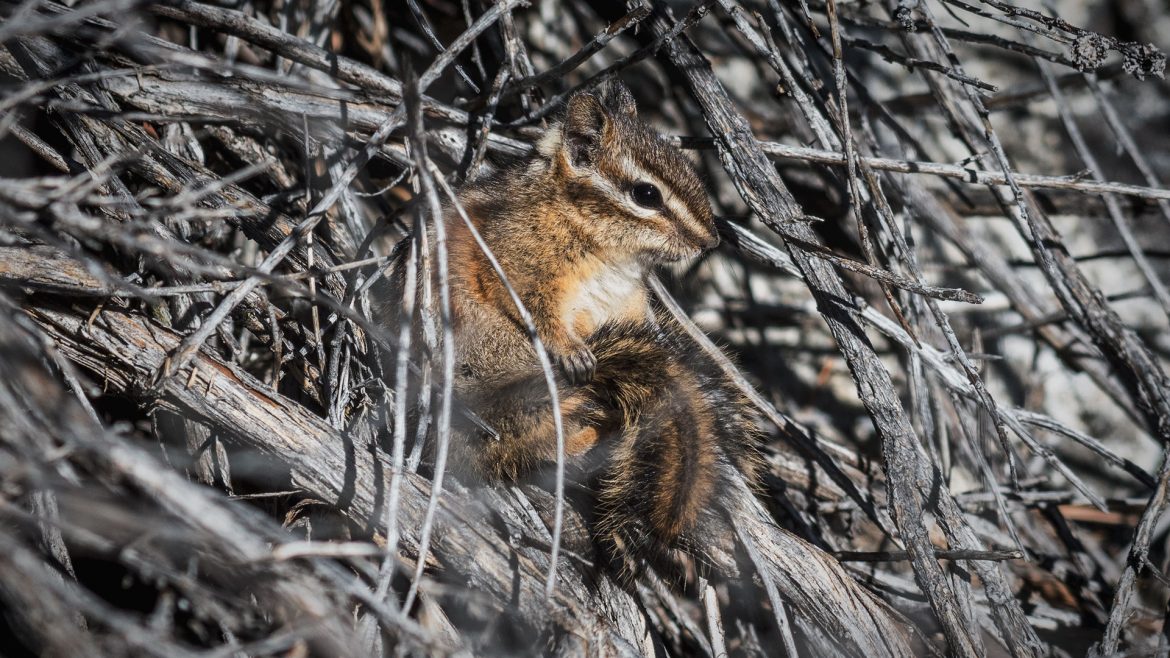
Comments (4)
A wonderful essay. Thank you for sharing your experience and insight into nature.
Thanks again, Bob! I appreciate all of the encouragement and support 🙂
p.s. I have it set up to manually approve all first comments, but your future ones will appear as soon as you post them.
Hi Jared,
Once again, thanks for your insightful commentary, beautiful photos and helpful tips. I’ve been in Santa Cruz the past 3 weeks. Doing my rain & snow dances! Hope it works! Hope to see you out there somewhere( Osgood Swamp is one of my favorite spots).
Wishing you the Best!
Sandy
Hey Sandy,
Thanks again for your words of encouragement and support. I truly appreciate it 🙂
Your dances might be working because I just checked the 10-day forecast and next week is looking quite promising! Still not going to believe it until I see it, but I’m hopeful 🙂
Take care, and we’ll see each other eventually!